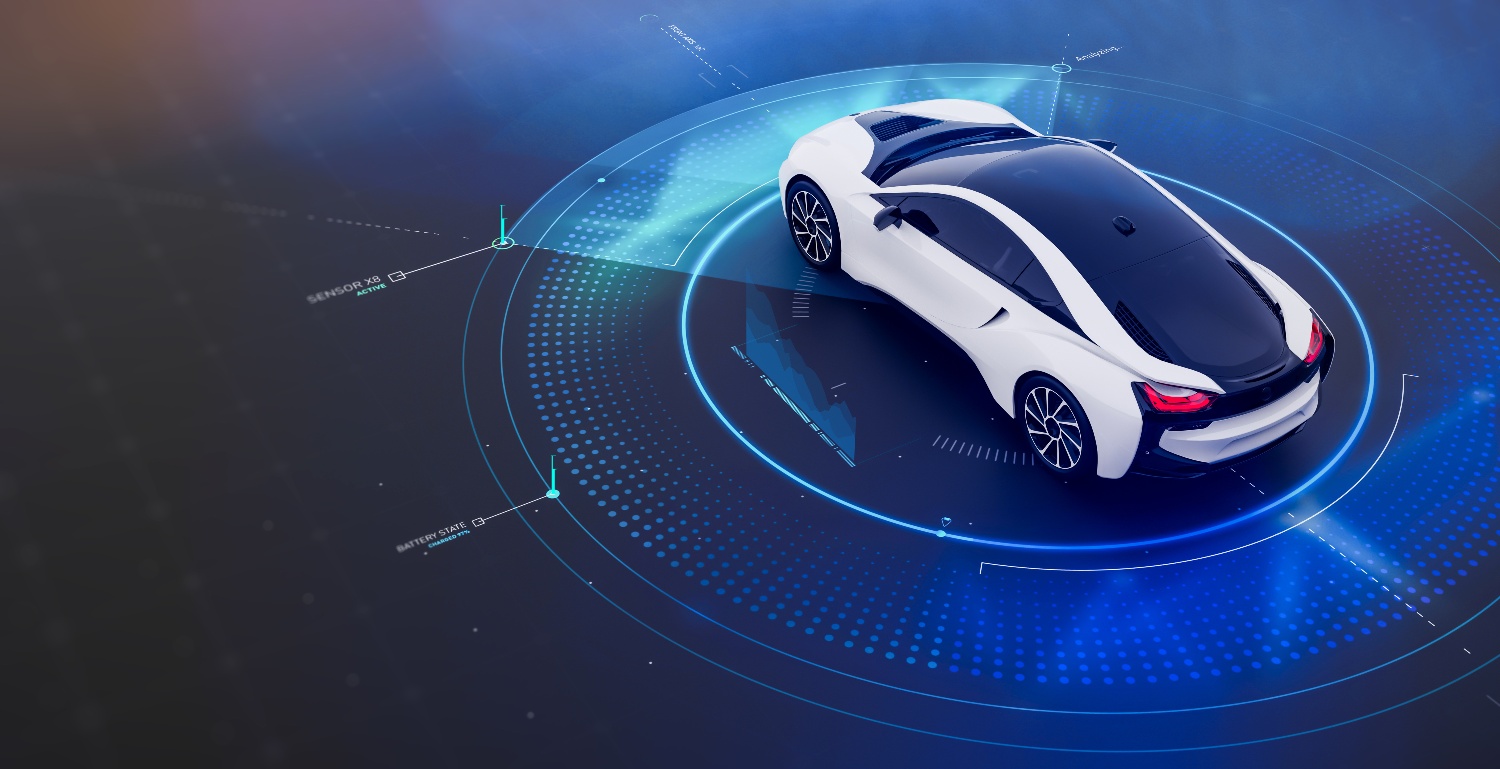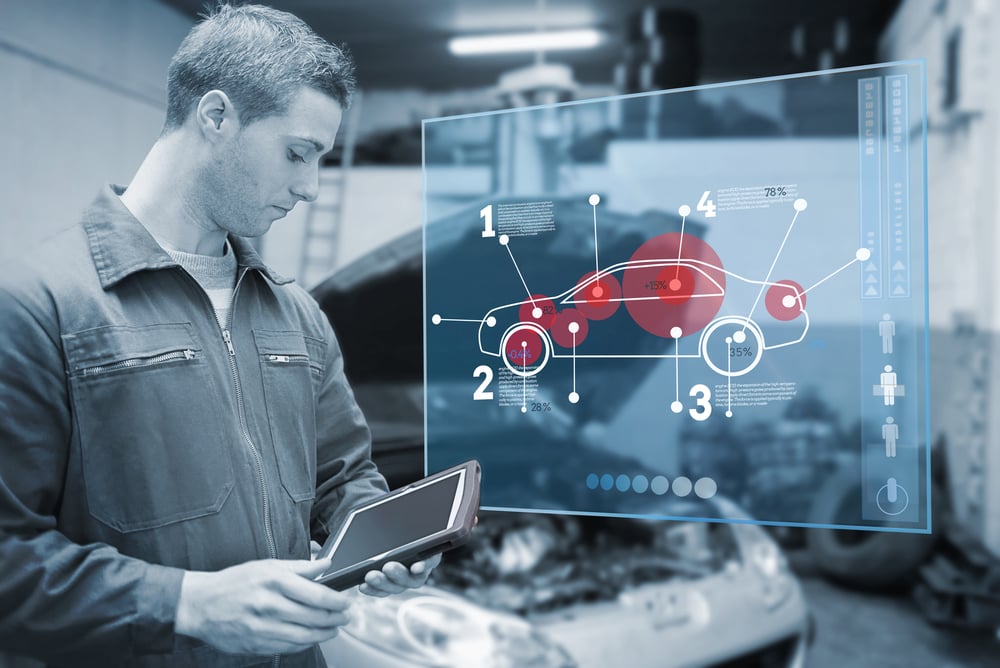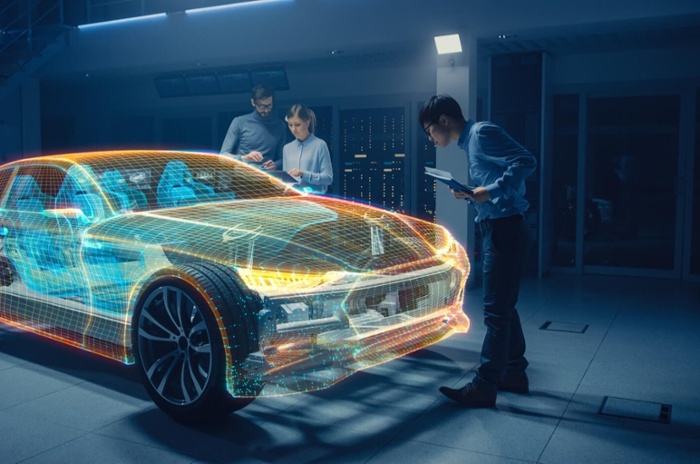
Automotive
Enterprise IoT is powering some of the most exciting developments in automotive history.
From in-car infotainment to assisted and even autonomous driving, car makers enjoy a variety of new revenue opportunities, but they need global, seamless connectivity to realise the potential.
831 million
Number of automobile connections by 2027
73 %
Percentage of vehicle owners who rate 5G connected vehicles as appealing
68 %
Percentage of people who want real-time driver safety alerts in their next vehicle

Connected cars are already a reality in several ways
They link to our smartphones, stream playlists and get real-time traffic alerts. Yet, this is nothing compared to what awaits with IoT device management which will elevate the notion of the connected car to a whole new level.
The automotive industry is going through a transformational change. IoT solutions will provide services such as:
- Driver/roadside assistance.
- Fleet management/predictive maintenance.
- Driver monitoring/usage-based insurance.
- Stolen vehicle recovery.
- In-car infotainment/onboard Wi-Fi.
- Assisted and automated driving.
Improvement in productivity
This will also mean a fundamental shift in the way cars are being manufactured and used. Today, the overwhelming majority (c. 90%) of the car value relates to the hardware. But the new level of IoT and M2M connectivity means that software and content will represent more than half of the value.
The automotive industry will evolve from mainly an OEM value chain towards a technology stack, similar to what has happened to the PC industry. Software, content, and other services also produce higher margins, whereas the hardware part of the industry will become less profitable.
However, this scenario requires consistent car connectivity, which is not feasible through conventional roaming-based cellular agreements in multiple markets:
- It is too slow to set up
- It cannot deliver the cost control, guaranteed high capacity and low latency connectivity needed.
- It will not comply with data regulations in most markets.
Continuous, seamless, and secure connectivity is imperative for the automotive industry to succeed in the connected car market.
HMD Connect Pro using Nokia WING delivers such connectivity: a consistent IoT platform to support connected car services. Car manufacturers can avoid the costs and time needed to agree on multiple contracts for IoT sensors and SIMs with local CSPs (Communication Service Providers). Instead, they have one contract that meets all their worldwide IoT device management needs.

Furthermore, HMD Connect Pro offers
Global reach with local connectivity: Seamless, consistent connectivity in every market.
Low latency: The WING platform delivers unsurpassed high reliability.
High bandwidth: Connected car services require high capacity that local connections can only provide in a network such as WING.
Easy integration: Quick setup and secure M2M device management with any legacy system and platform.
Fast time-to-market: The cloud-native IoT platform is highly scalable and without lengthy network rollouts.
Future-ready: WING’s cloud-native core supports multiple technologies such as 5G vehicle-to-everything (C-V2X), culminating in fully autonomous cars.
Excellent customer experience: WING-enabled CSP networks ensure consistent, reliable device management.
/woman%20in%20polka%20dot%20shirt%20looking%20at%20laptop.jpg?width=800&height=533&name=woman%20in%20polka%20dot%20shirt%20looking%20at%20laptop.jpg)
Talk to one of our specialists
Wondering if HMD Connect Pro can deliver the connectivity you need?
Reach out to one of our specialists or book a meeting when it fits your calendar.